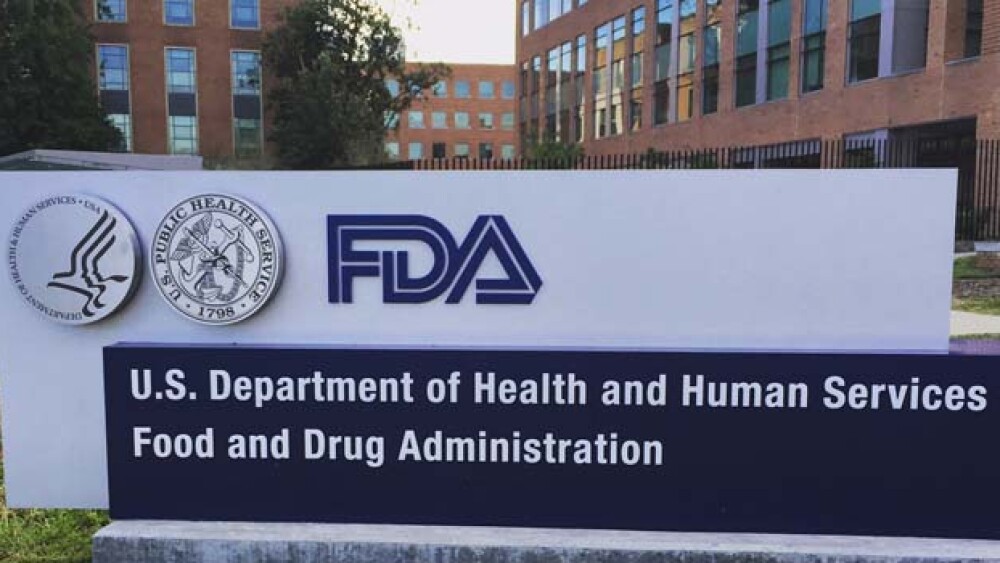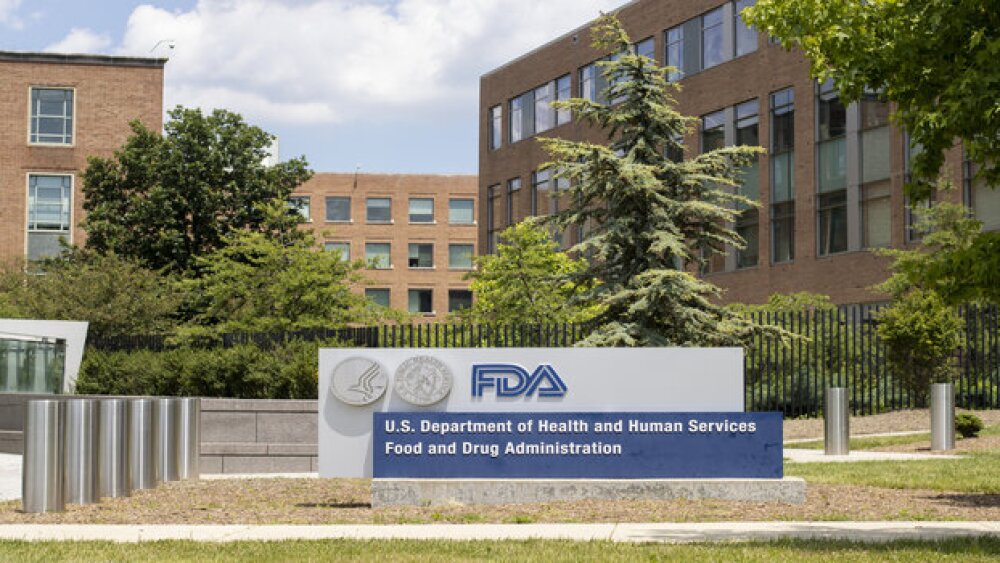Food and Drug Administration chief Scott Gottlieb is making a pitch to change the reimbursement model for antimicrobial drugs that target multidrug-resistant infections.
Food and Drug Administration (FDA) chief Scott Gottlieb is making a pitch to change the reimbursement model for antimicrobial drugs that target multidrug-resistant infections. In a unique proposal, Gottlieb suggested that acute care providers move to a licensing model, similar to the way software is acquired.
“Developing new drugs is a costly endeavor. But the current reimbursement model, where drugs are reimbursed based on each episode of their use, presents incentives that run contrary to effective stewardship over new antibiotics that might be highly effective against very rare and dangerous pathogens,” Gottlieb said in a statement released Tuesday.
Gottlieb said there are increasing incidences of strains of bacteria that are resistant to many antibiotics on the market. That unsettling news is combined with the fact that there has been an overall decline in antibiotic research. The FDA Commissioner said that’s especially true when it comes to developing new antibiotics that work through novel mechanisms that can evade existing patterns of resistance.
Gottlieb noted that when such antibiotics become available, prescribers try to use them sparingly so the pathogens don’t become overexposed to the medication and develop a resistance to it. Because of that, providers have “imposed understandable restrictions” on those drugs. Because of that, Gottlieb said those novel antibiotics may have a limited market, which means that drugmakers may not invest the necessary funds to discover and develop those types of drugs.
It’s with that concern in mind that Gottlieb announced his proposal. Instead of the current model of paying for antibiotics that “meet a narrow set of critical, public health criteria on a per use basis,” Gottlieb then suggested the licensing model that would allow acute care institutions most likely to prescribe such antibiotics the ability to pay a “fixed licensing fee for access to the drug, which would offer them the right to use a certain number of annual doses.”
Gottlieb said adopting a licensing payment model would help achieve two important public health goals. It would create a “natural market for drugs that meet certain public health criteria, by providing a predictable return on investment and revenue stream”; and would put the care institutions in charge of the stewardship of the medications.
“Once they purchase the ability to access a drug, they would be stewards of its use up to a certain number of annual doses, which could be tied to the number of beds an institution has or its likelihood of encountering certain organisms,” Gottlieb said. “This reimbursement model would address some of the investment challenges associated with the market for potent antimicrobials that target multidrug-resistant organisms. These are drugs that we want to have available to us, but that we should keep in reserve and hope that we seldom have to use them. It is my belief that a licensing model might offer an effective ‘pull incentive’ that attempts to create a predictable market for antimicrobial drugs that would meet a narrow set of critical, public health criteria.”
According to the U.S. Centers for Disease Control and Prevention there are at least two million people in the country who become infected with a bacteria that are resistant to antibiotics. Of those, about 23,000 people die annually.
In addition to the licensing proposal, the FDA also issued a draft guidance to assist the development of drugs using the Limited Population Pathway for Antibacterial and Antifungal Drugs pathway. The pathway was established under the 21st Century Cures Act. Gottlieb said the program will help advance the development and potential approval of antibacterial drugs for limited patient populations.





